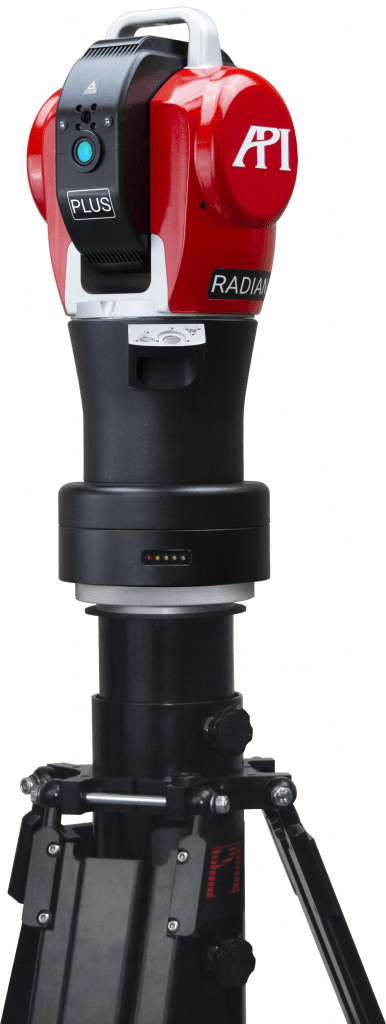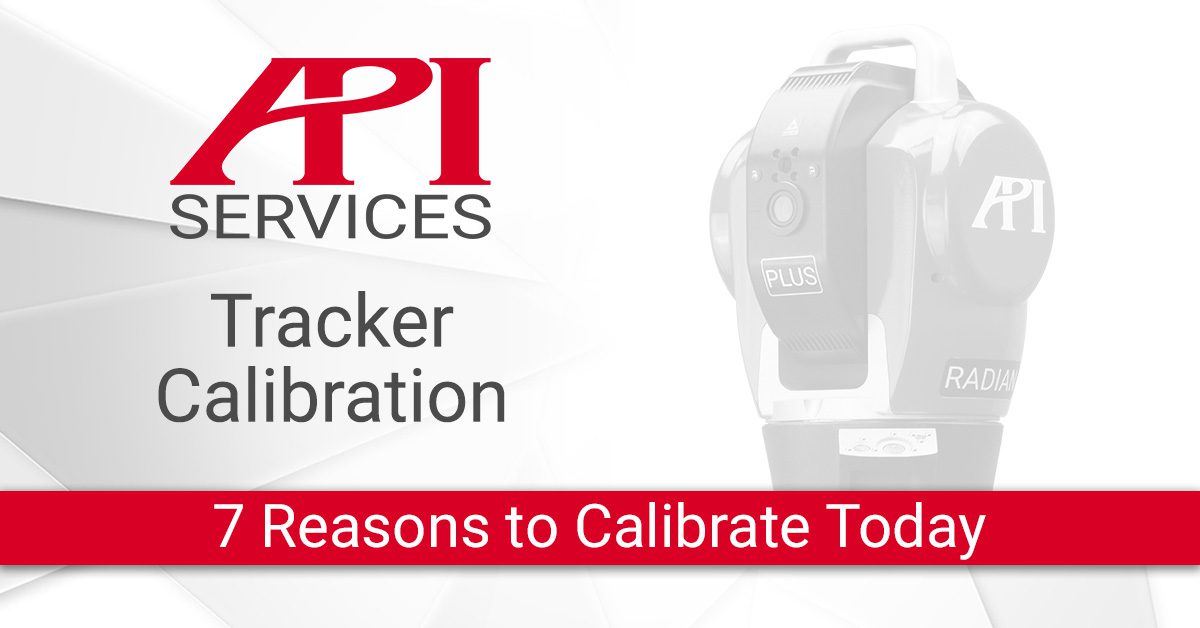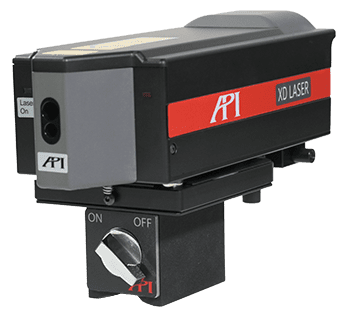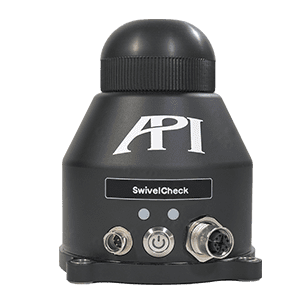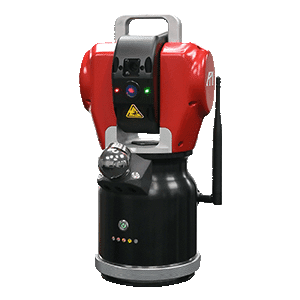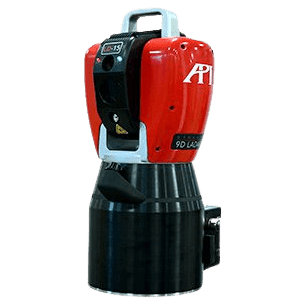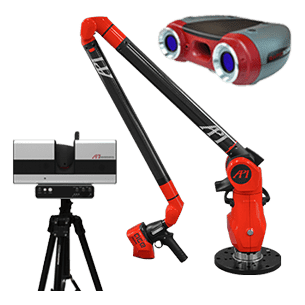7 Reasons to Calibrate Your Laser Tracker Today
Invented by API Founder and CEO, Dr. Kam Lau, in the 1980s, Laser Trackers have become one of the most important pieces of dimensional metrology equipment for the manufacturing world. Trackers can be used to confirm process accuracy at virtually every stage from machining to assembly to quality assurance. While Laser Trackers have groundbreaking accuracy, however, their performance still erodes over time, and this erosion can happen more quickly with increased use.
For this reason (and several others outlined in this article) it is recommended that Laser Trackers be sent in for yearly calibrations. This is recommended both by OEMs and to maintain ISO standards. Most often, these calibrations are preventative and help finetune and maintain Tracker performance that was still within tolerance. Yet sometimes, these routine checks can turn up much larger issues that can be taken care of before they force the Tracker out of tolerance.
It is important to note the difference between compensation, certification, and calibration here. Compensation checks (commonly known as one- or four-point QVCs) can and should be performed by the Laser Tracker Operator before each use of the Laser Tracker to ensure continued quality in performance. Certifications are baseline tests that can be performed by an MSP to verify the Tracker’s performance against a reference interferometer. But a full calibration is the only process that can identify errors and bring Tracker performance back to OEM standard.
Below are the 7 most important reasons you should get your Laser tracker calibrated today:
1) Ensure Published Specifications
Yearly calibration is the only way to ensure your unit meets the OEM’s published specs. This calibration measures the Tracker’s performance against a standardized interferometer. Any variance outside of the tolerance guaranteed by the OEM will be found during this process, and for full calibrations from the OEM, these errors can be corrected (which is covered in the next point).
2) Make ADM/IFM Corrections
Routine, full calibrations from the OEM are the only way to correct errors in either the Absolute Distance Measurement (ADM) or Interferometer (IFM) laser that powers the measurement functions of the Laser Tracker. Without a full calibration, errors in laser performance can only be compensated for and will continue to grow over time.
3) Correct Minor Alignment Issues
A common misconception about Laser Tracker calibration is that it only deals with defects in the laser shaft itself. Yet, calibration processes actually examine each part of the Tracker for flaws that may affect Tracker performance. One such exam is to determine the alignment of all internal mechanisms of the Tracker to make sure nothing has shifted or fallen off of level.
4) Update Firmware & Logic
Software programs are constantly being updated to remove bugs and optimize performance. OEMs therefore continually update the firmware and logic functions for their Laser Trackers to improve performance and ensure compatibility with third-party software programs. Annual calibrations make sure that your equipment is running the most up-to-date and efficient programs.
5) Properly Clean Your Tracker
The internal components of a Laser Tracker are delicate and must be cleaned using exact procedures and materials. It is recommended to only clean the Tracker (especially the laser lens) when necessary, but the dirt, dust, and debris in manufacturing environments that gets inside the Tracker can compromise performance. One of the benefits of annual calibration is having your Tracker carefully cleaned by experts, increasing Tracker longevity and accuracy.
6) Fix Birdbath Compensation Values
The birdbath is the main housing (or nest) for the SMR on the Tracker. The birdbath’s location is unchanging, but the Tracker’s measurement of its precise location can slip over time. Improper birdbath readings can affect Tracker performance from QVC all the way through measurement and inspection. During calibration, the technicians confirm the Tracker’s reading of the birdbath location and compensate it if it has slipped.
7) Fix Minor Repairs
An ounce of prevention is worth a pound of cure. During calibration, the Tracker is given a complete examination. This exam often reveals minor errors or breakdowns with the Tracker that need a quick fix. Regular calibration allows these problems to be fixed before they become serious enough to impair Tracker performance and can potentially save the user costly repairs and downtime later in the Tracker’s life.
Annual Tracker calibration is essential to maintain Laser Tracker performance, not just for the assumed benefits to the laser, but to maintain the health of the entire unit and prevent future breakdowns. For all of our Trackers, API offers accredited calibrations in 4 labs across North America and other locations around the world. Beyond that, our Services team is capable of on-site calibration of our Laser Trackers, and certification of all Laser Tracker brands, up to 3 in one day. Click here to learn more about calibration and to schedule yours today.

